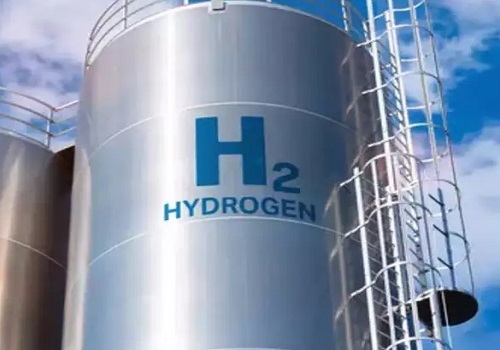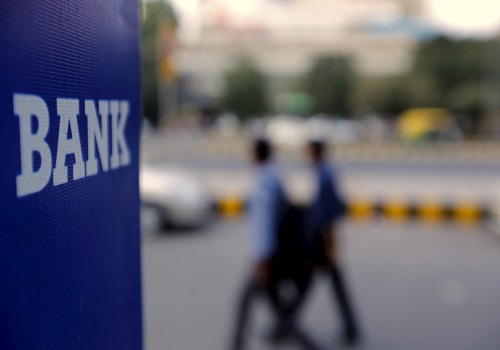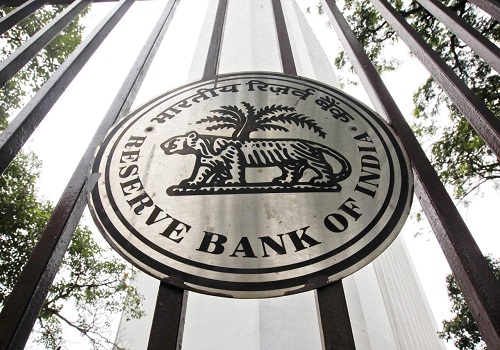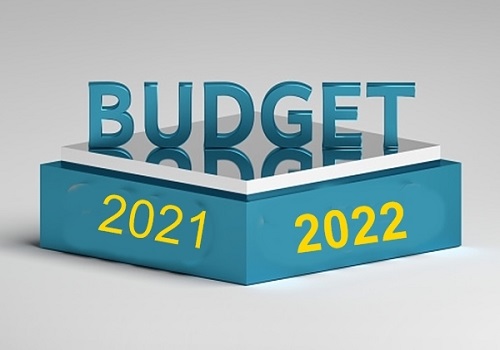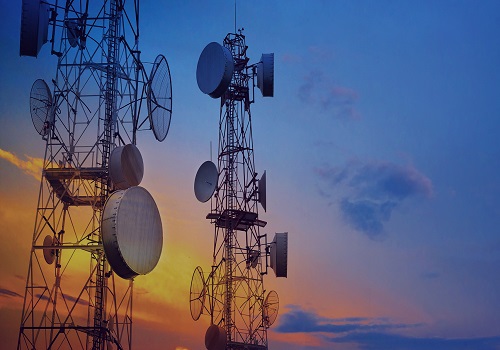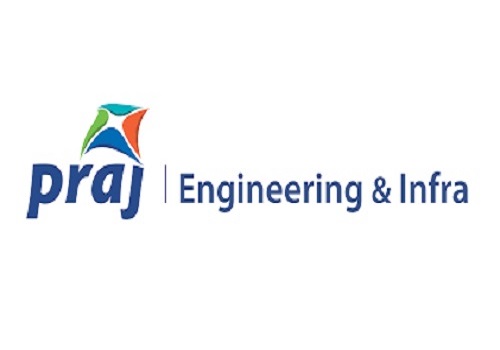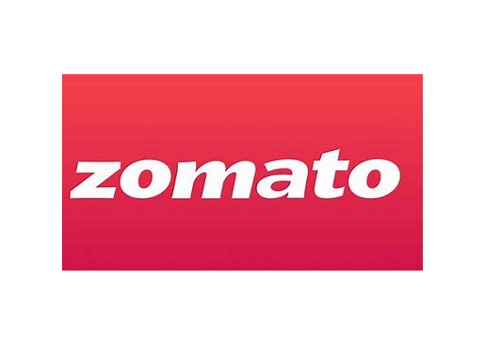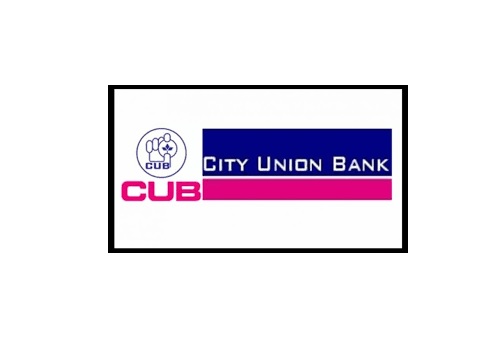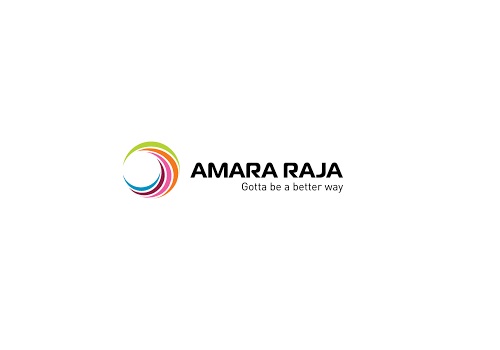Buy Bharti Airtel Ltd for Target Rs.1,125 - JM Financial Institutional Securities Ltd
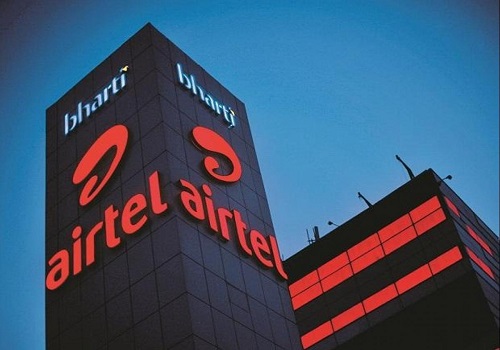
Follow us Now on Telegram ! Get daily 10 - 12 important updates on Business, Finance and Investment. Join our Telegram Channel
We continue to believe India wireless ARPU is on a structural uptrend given the consolidated industry structure and future investment needs; the industry requires an ARPU of INR 270-300 in the next 3-5 years for a pre-tax RoCE of 12-15%. Further, near-term delay in tariff hike is likely to only strengthen Bharti/Jio’s pricing power and market share as it could expedite the transition to a duopoly market. We expect Bharti’s premiumisation strategy to drive 9% ARPU CAGR (to ~INR 300 in FY28): a) 3-4% due to MBB upgrade, post-paid additions and data monetisation; and b) 5-6% due to a regular tariff hike; this is likely to drive 13% EBITDA CAGR over FY23-28. We reiterate the high conviction we have on our BUY rating (unchanged 1-year TP of INR 1,125) as India wireless business tariff hikes are likely to be more frequent, going forward, given the consolidated industry structure and higher ARPU requirement for Jio also to justify significant 5G capex. Further, given the attractive long growth runway, we see Bharti delivering a 3-year IRR of 18% based on our 3-year TP of INR 1,625 (Exhibit 33), implying 7.7x FY28 EV/EBITDA and 18x FY28 PE. ARPU growth aided by likely moderation in capex will drive Bharti’s FCF from FY25, enabling it to get to net cash by FY29 (vs. net debt of INR 2,070bn at end-2QFY24); this will also aid in accretion in equity value.
? ARPU on a structural uptrend as industry needs ARPU to rise to INR 270-300 (at 9-10% CAGR) in the next 3-5 years to meet future capex needs: With the consolidation of India’s telecom industry largely complete, we expect the wireless industry’s revenue to grow further, at 10-11% CAGR, to +INR 3,150bn by FY26E and +INR 4,450bn by FY30E vs. ~INR 2,250bn in FY23, having recovered from a low of ~INR 1,200bn in FY19 (Exhibit 3) due to structural uptrend in industry ARPU driven by future investment needs. Our calculation suggests (Exhibit 4) that in the next 3-5 years the industry needs to reach an ARPU of ~INR 270 to cover the cost of capital (12%) and ~INR 300 for a healthy pre-tax RoCE (of 15%) considering future investments including for 5G.
? Structural ARPU growth via tariff hikes, MBB upgrade, post-paid additions and data monetisation: ARPU in India is still one of the lowest at ~USD 2.2/month vs. the global average of USD 8-10/month (USD 6.9/month in China); India’s ARPU to GDP per capita is low at ~1.0% in FY23 vs. +1.5% before FY15 — Exhibit 5-8. However, despite the lowest ARPU, India’s AMDU (average monthly data usage per data subscriber) is the highest globally, and is still rising despite tariff hikes — it has risen from 11GB/month in 2QFY20 (before start of tariff hikes) to ~23.2GB/month in 2QFY24 (Exhibit 9). AMDU growth trajectory is likely to continue over the next 3-5 years with gradual pick-up in 5G penetration. Further, there is significant scope for industry’s MBB (Mobile Broadband) penetration to further rise to 85-90% in the next 3-5 years, after having risen to ~73% in Aug’23 vs. ~47% in Mar’19 (before start of tariff hikes) and vs. 22% in Mar’17; MBB penetration is ~85-100% in China, Brazil and in developed countries (Exhibit 10-11). Jio and Bharti aim to upgrade a majority of the 250mn remaining feature phone users in the next 3- 5 years. We don’t see consumer affordability being a constraint to tariff hikes as smartphone connectivity is increasingly becoming a necessity due to rising dependency on it forentertainment, payments, identity, social needs, etc. Hence, despite strong tariff hikes in the last few years, MBB upgrades and data usage have continued to rise.
Please refer disclaimer at https://www.jmfl.com/disclaimer
SEBI Registration Number is INM000010361












 320-x-100_uti_gold.jpg" alt="Advertisement">
320-x-100_uti_gold.jpg" alt="Advertisement">

